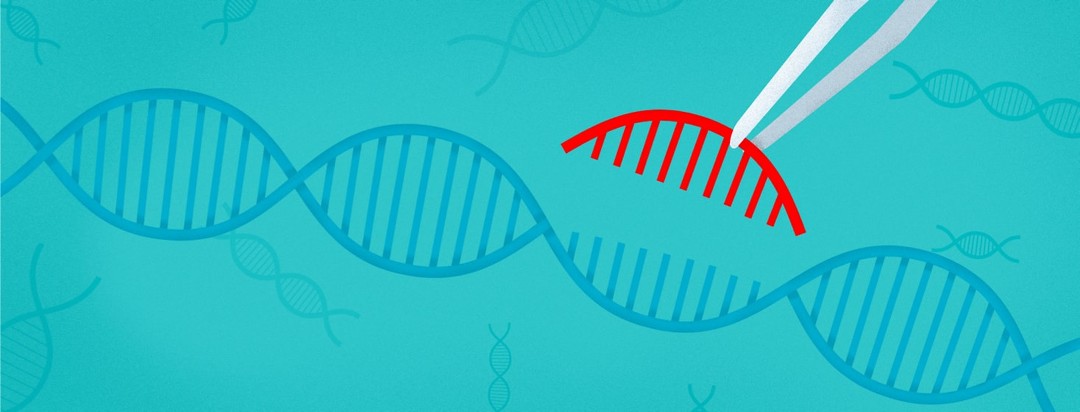Advances In Genetic Treatments
About 100,000 Americans have sickle cell disease (SCD). In the United States, most people who have SCD are Black. SCD is a chronic and serious blood condition that causes pain. It also damages the lungs and organs such as the kidneys, spleen, and liver.1
People with SCD have a mutation in their 2 copies of a gene for hemoglobin. Hemoglobin is a protein in your red blood cells that carries oxygen to your organs and tissues. It then carries carbon dioxide from your organs and tissues back to your lungs. In people with SCD, the red blood cells contain an abnormal type of hemoglobin. The normally flexible red blood cells stiffen into a sickle-like shape. The rigid red blood cells die early and block blood vessels.1
A person with SCD, which is an inherited condition, can develop various complications. The treatments for this condition range from blood transfusions and antibiotics to intravenous fluids, pain management, and surgery.1
New treatment possibilities
For a number of years, not much was happening in terms of new treatments for sickle cell disease. However, this is changing. Medicines are now available, and promising studies of experimental therapies for the disease are underway.2
In November 2019, the U.S. Food and Drug Administration (FDA) approved Oxbryta® (voxelotor), a once-a-day pill for SCD. Oxbryta blocks a process in the blood cells that can lead to organ damage. In the same year, the FDA approved Adakveo® (crizanlizumab), which is prescribed to help lessen pain in people with SCD. Both drugs may help with the complications of the disease.3
Experimental therapies that may offer relief
The only current cure for sickle cell disease is a bone marrow transplant, but this is risky. Also, finding a matching donor can be difficult. However, strategies that directly fix blood cells that are not working normally may help people with SCD.4
As of December 2020, more than 12 companies are working to develop experimental treatments for SCD. These therapies may potentially cure SCD or offer long periods of relief. 2
In the new treatments for SCD, scientists have tinkered with the genes of people with SCD to get around the abnormal hemoglobin. In these treatments, they remove the person’s blood stem cells, and then, in the lab, they disable a problematic genetic switch. The people with SCD then receive chemotherapy to wipe out their diseased cells. Finally, the now-altered stem cells are infused back into them.4
The treatments have been successful in some people with SCD. One teenager who was treated was able to go swimming without pain, and a young man who had required blood transfusions was able to go without them for more than 2 years.4
More research could help people in underserved countries
Treatments like these are unlikely to offer immediate help to people with SCD living in Africa, India, or other nations that lack access to sophisticated health care. Plus, the treatments are likely to be extremely expensive. One big cost is the chemotherapy that is necessary to eliminate a patient’s diseased blood stem cells. Another cost is the hospital stay that is required.
Under study now is whether antibodies, rather than harsh chemotherapy, could eliminate the person’s diseased cells. In 2019, the National Institutes of Health and the Bill & Melinda Gates Foundation announced a plan to help people with SCD in underserved countries. Their plan is to put millions of dollars into developing technologies that would modify blood stem cells directly in the blood marrow of a person with SCD. To do this, the gene-editing tools could be injected directly into the body.5
If this could be achieved, genetic treatments for SCD would be far less expensive. This would allow more people with sickle cell disease who cannot afford costly treatment to receive the care they need.

Join the conversation